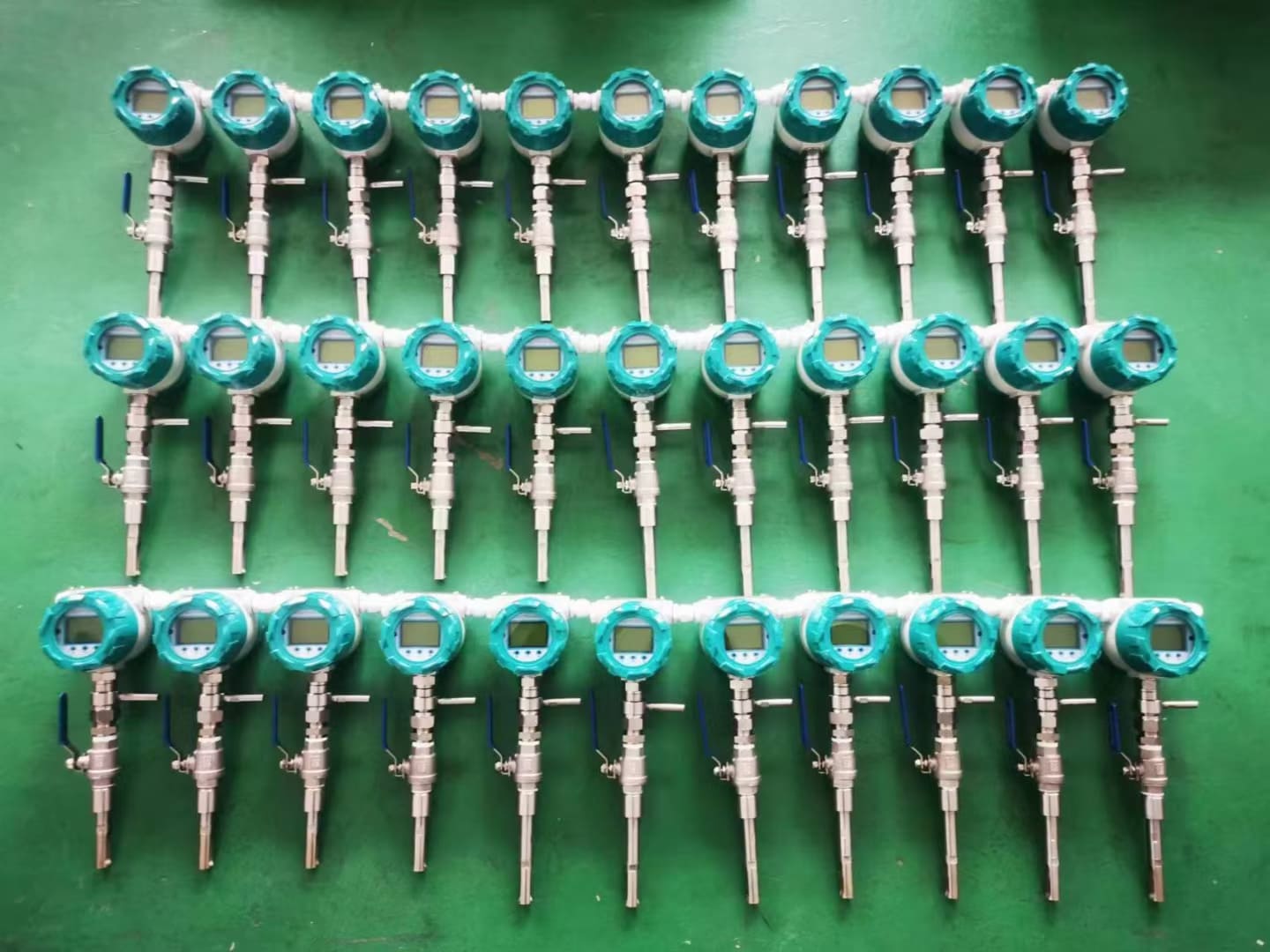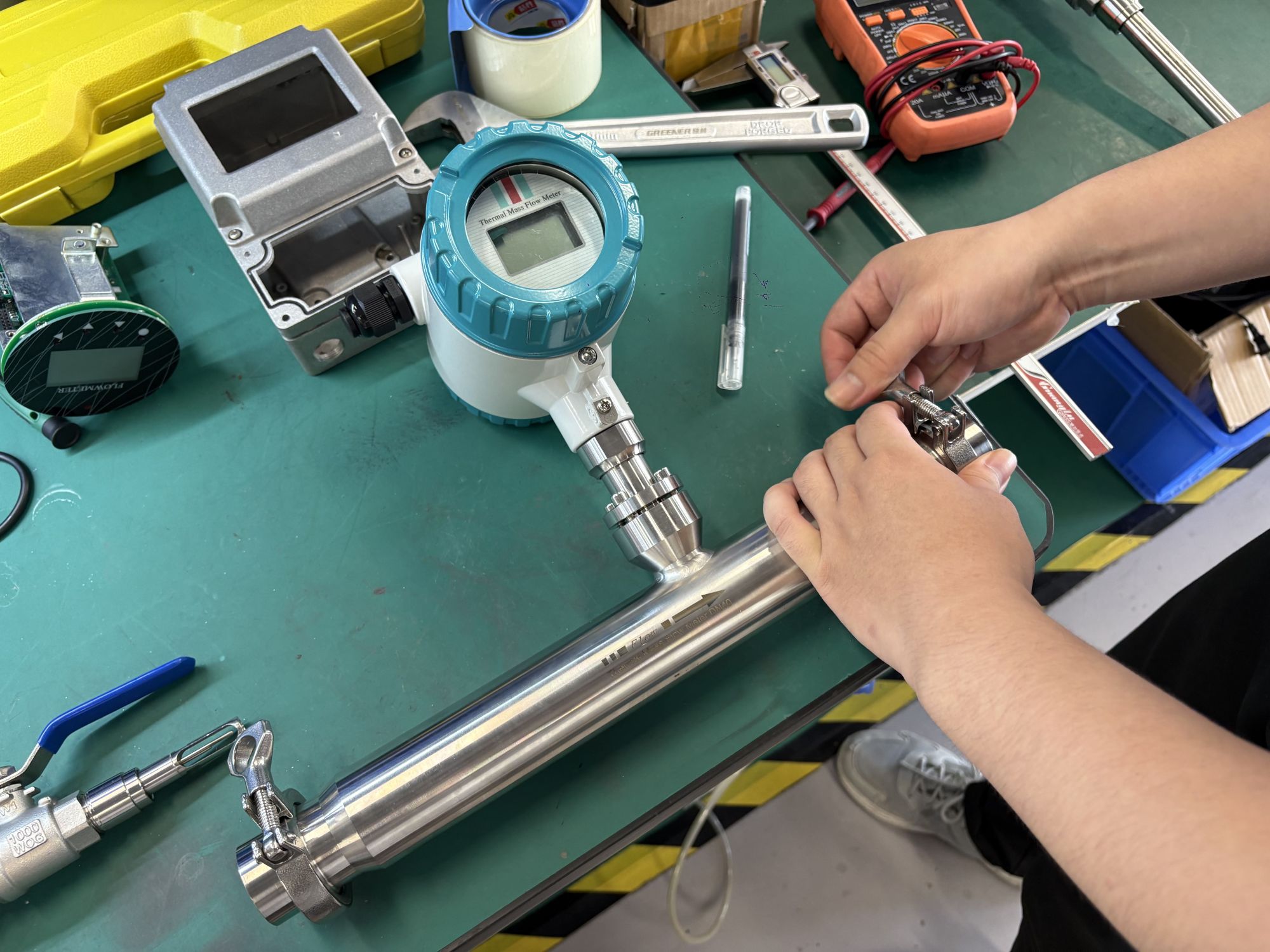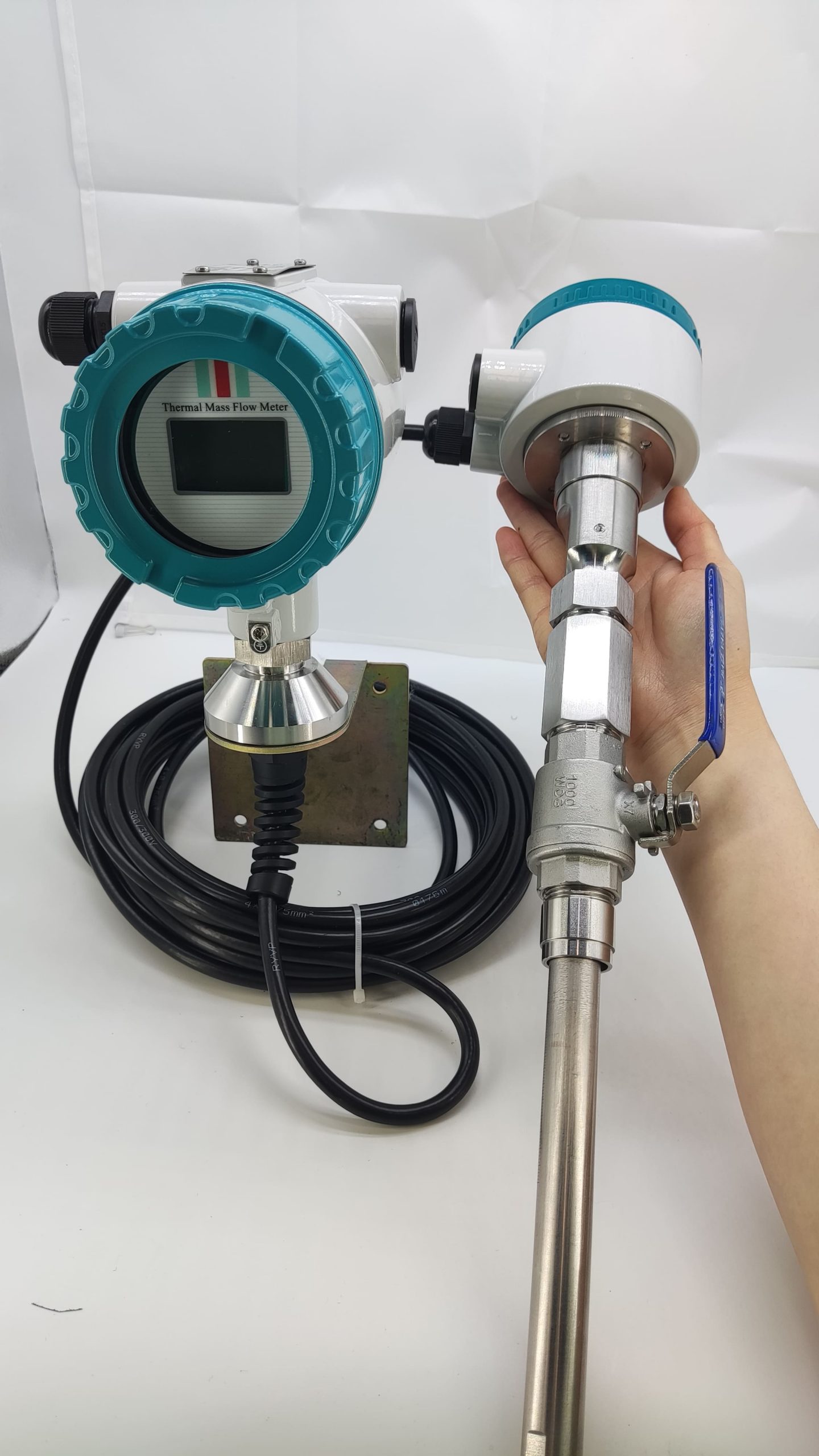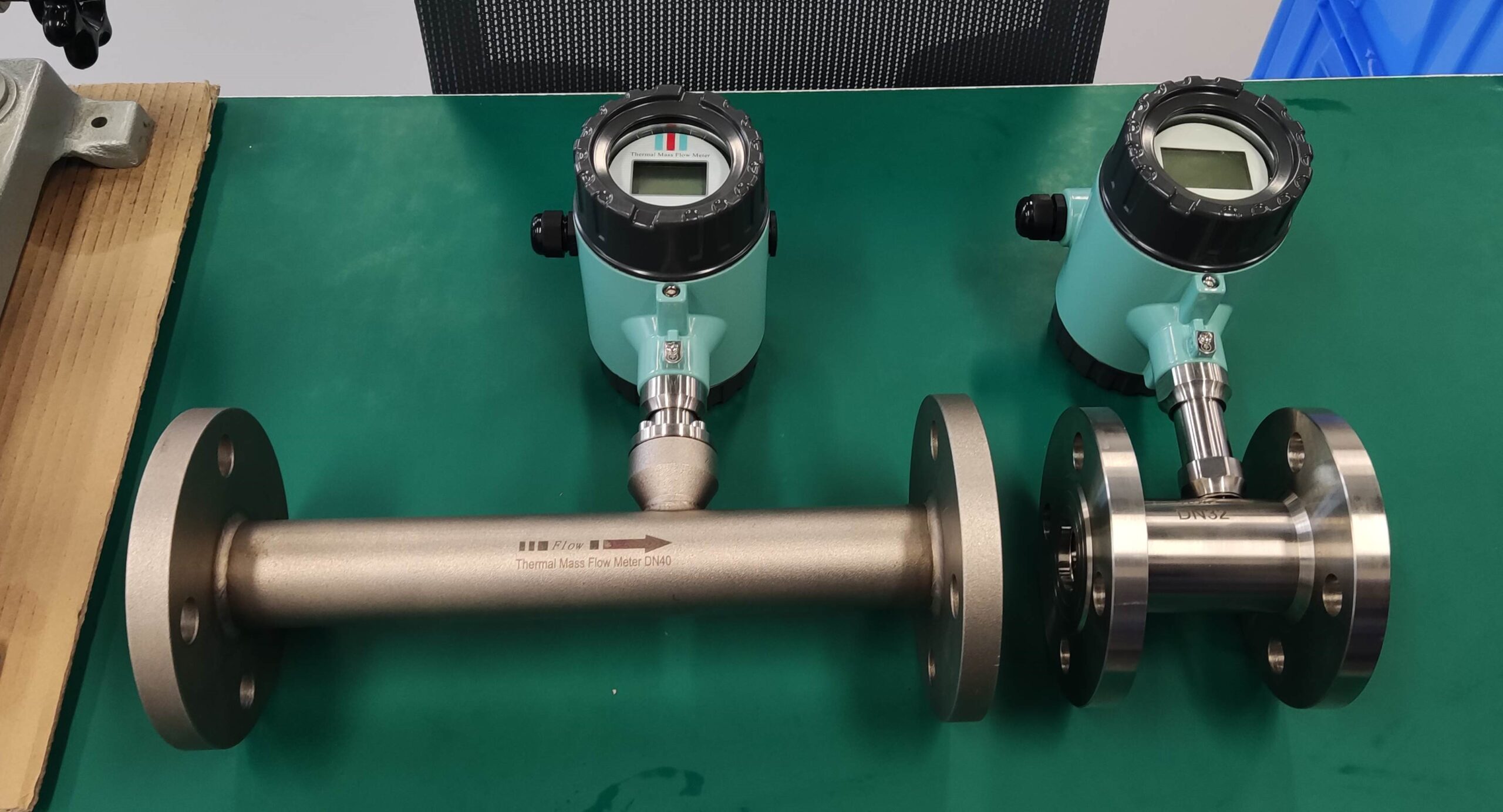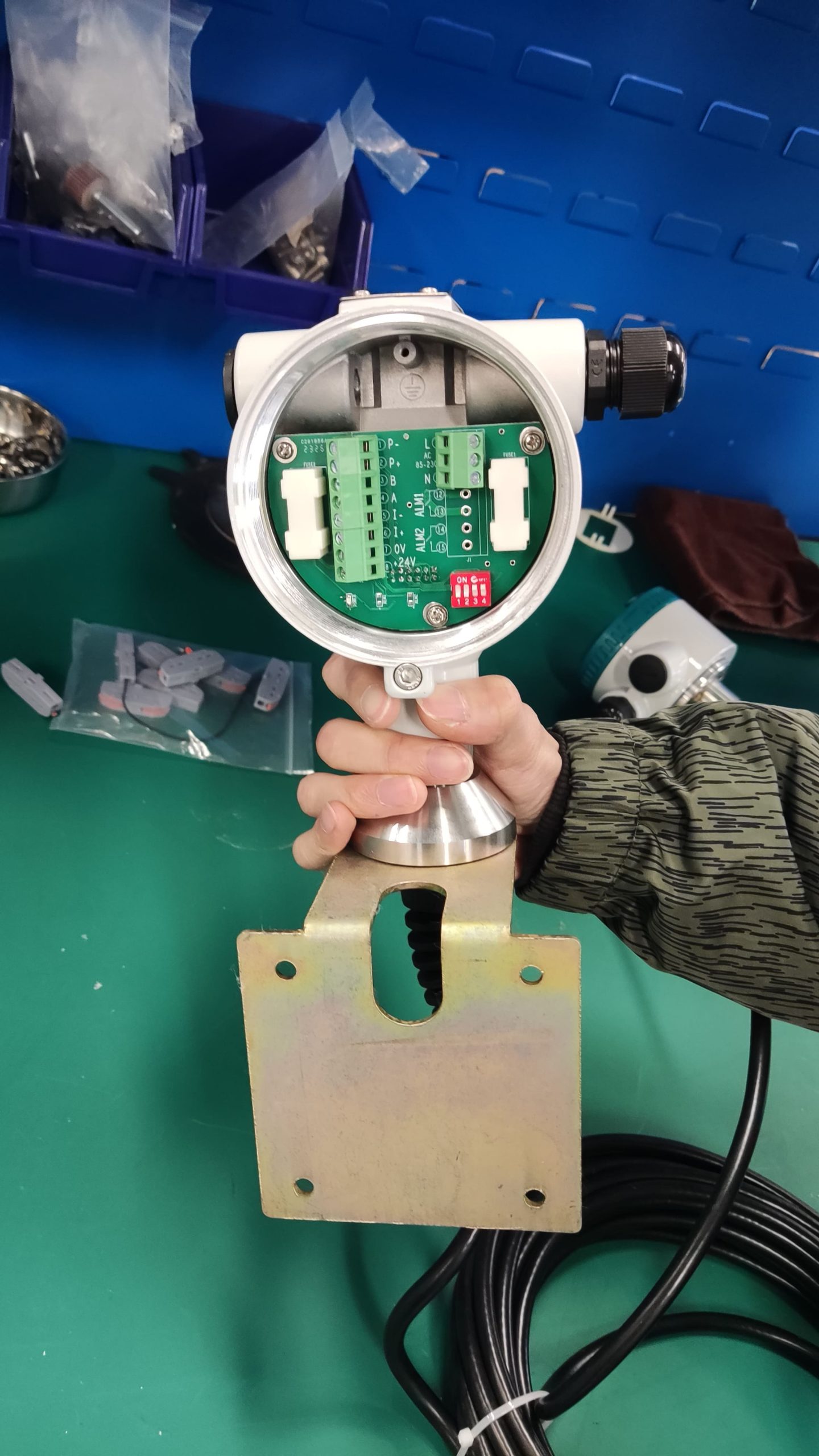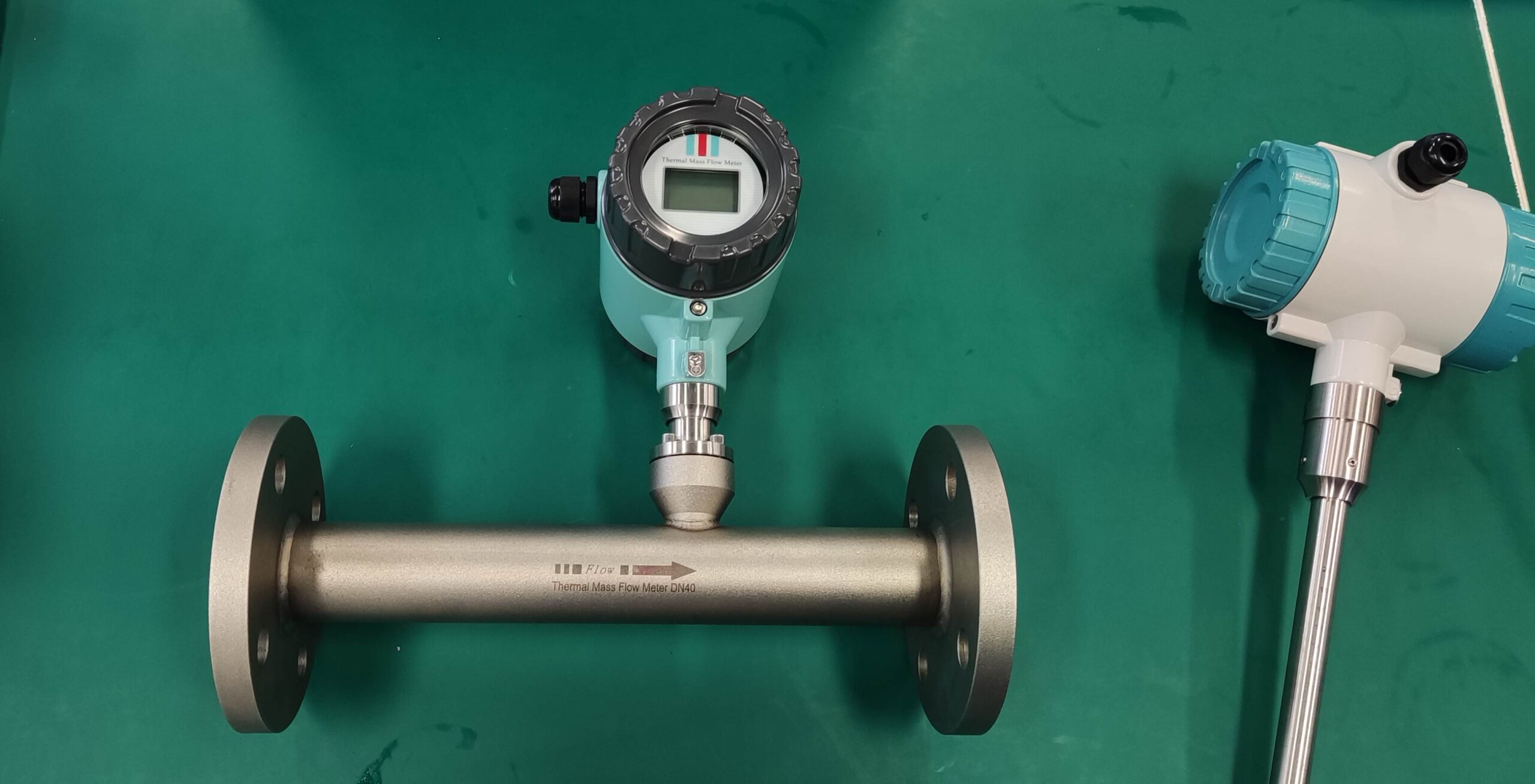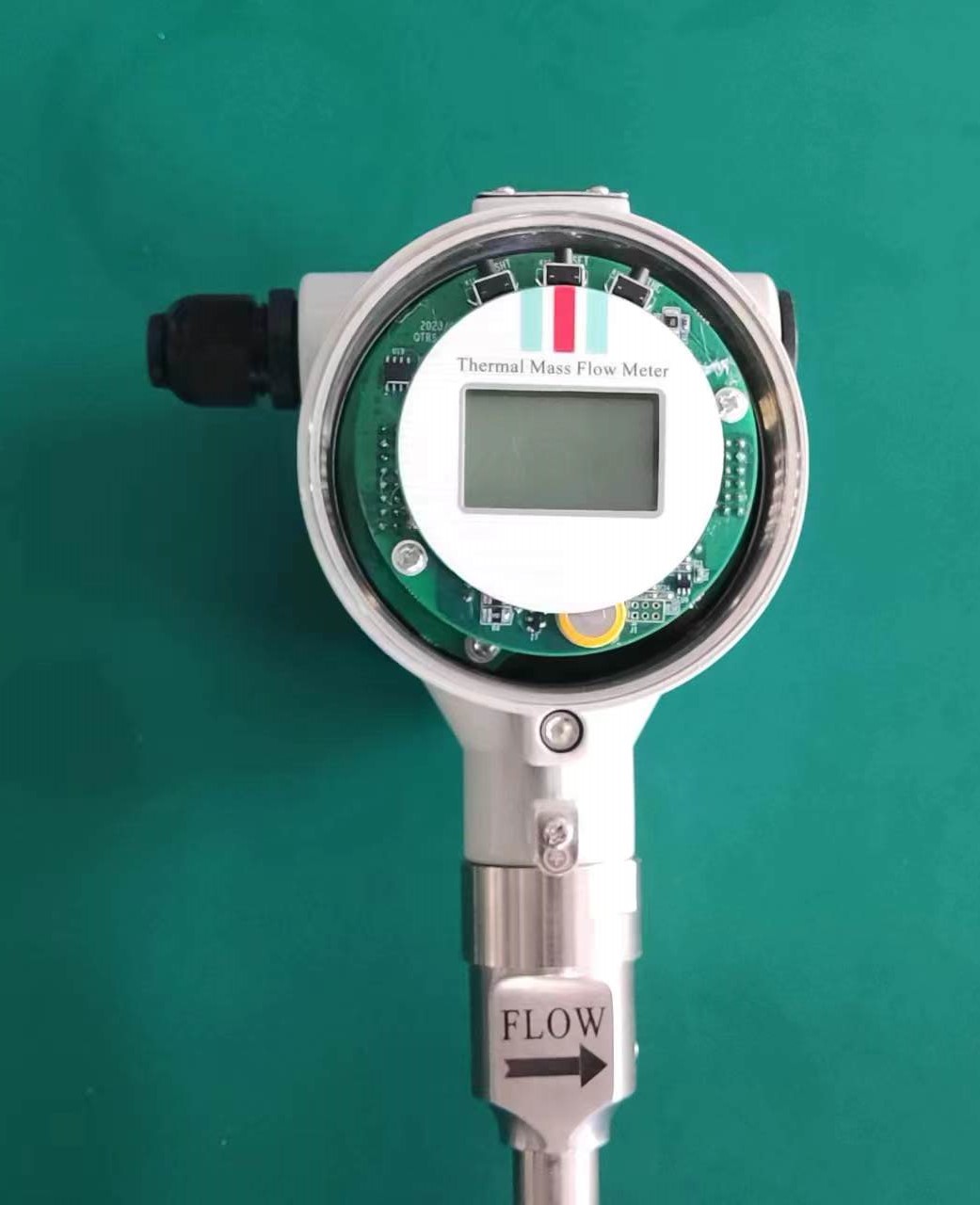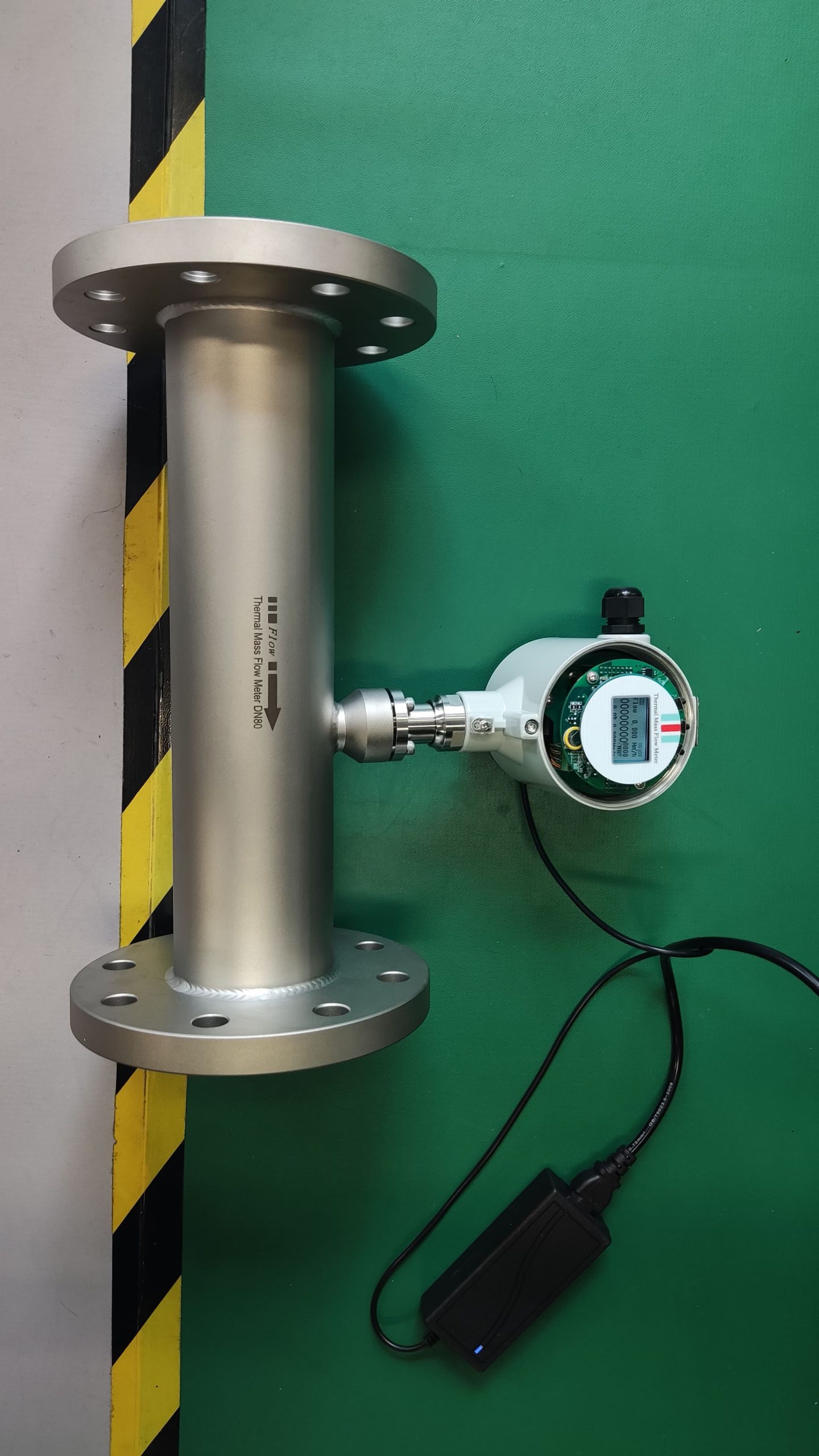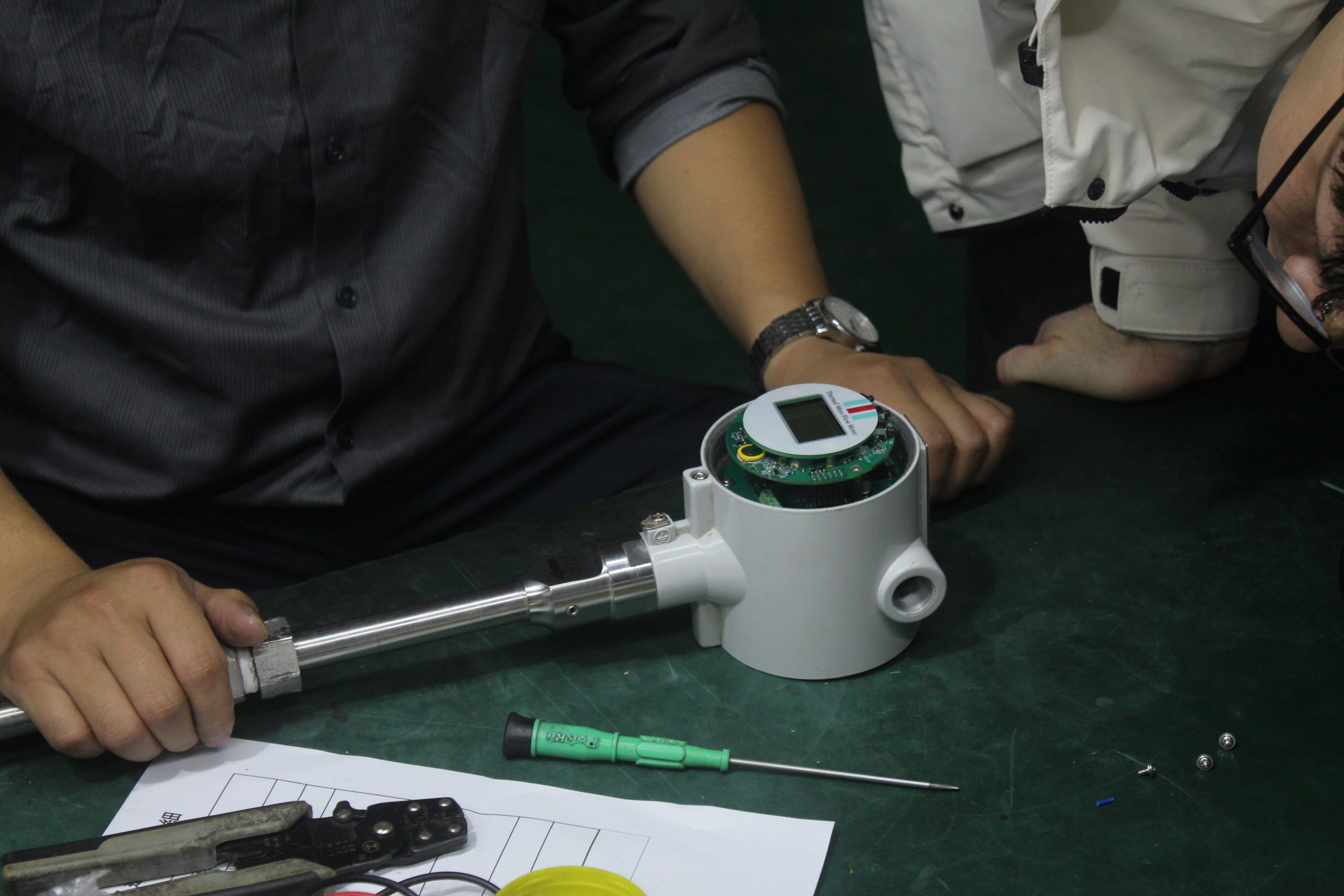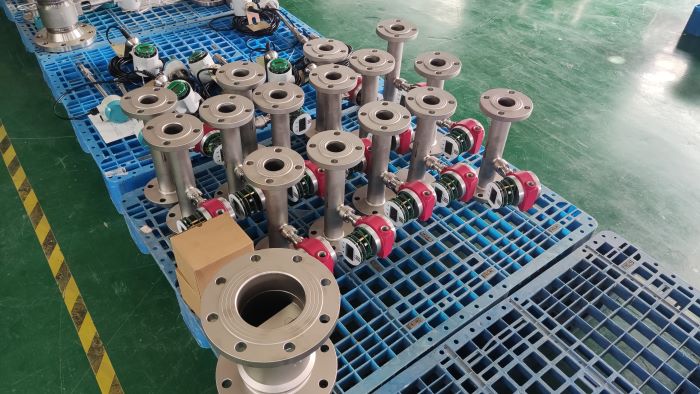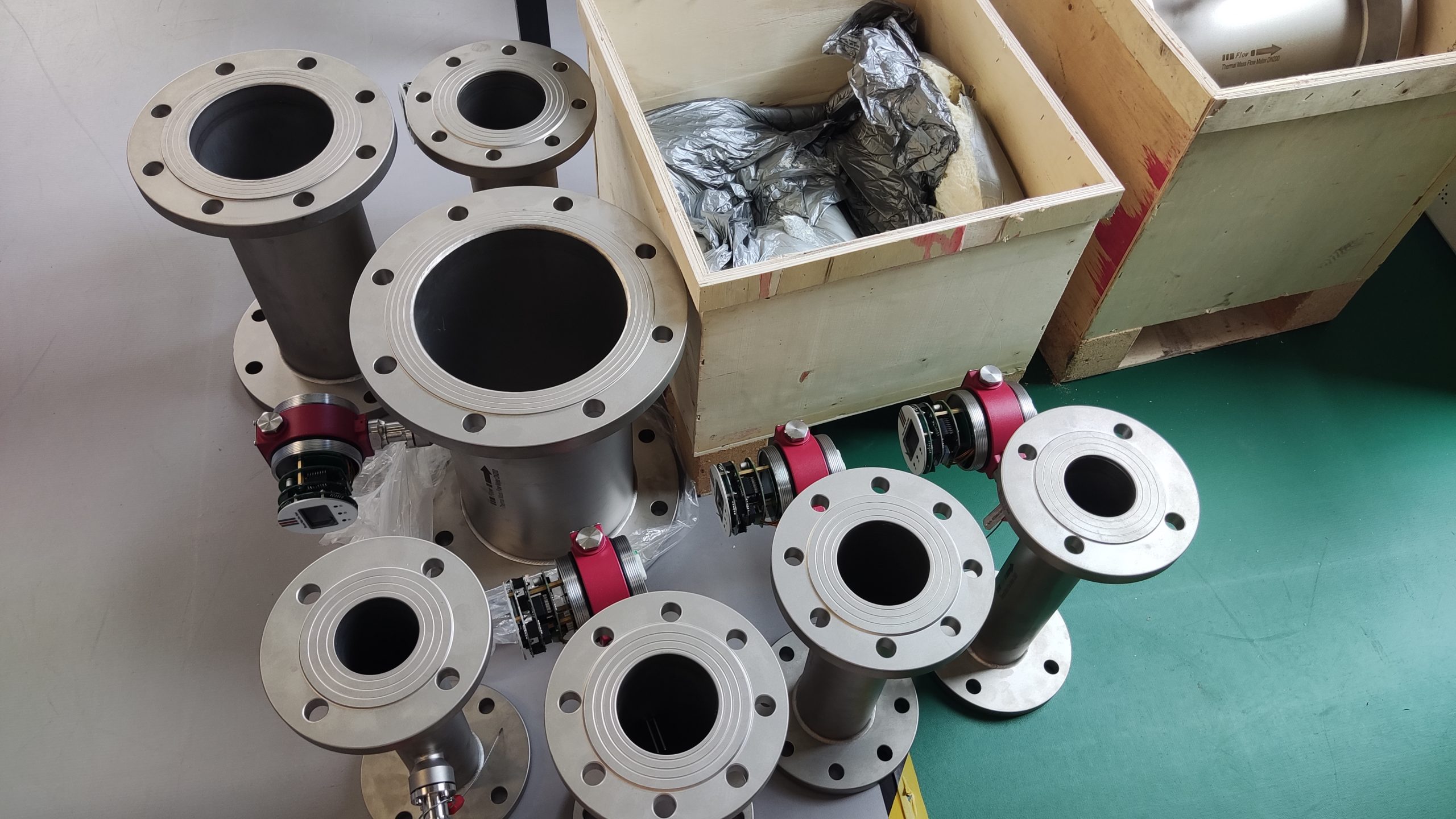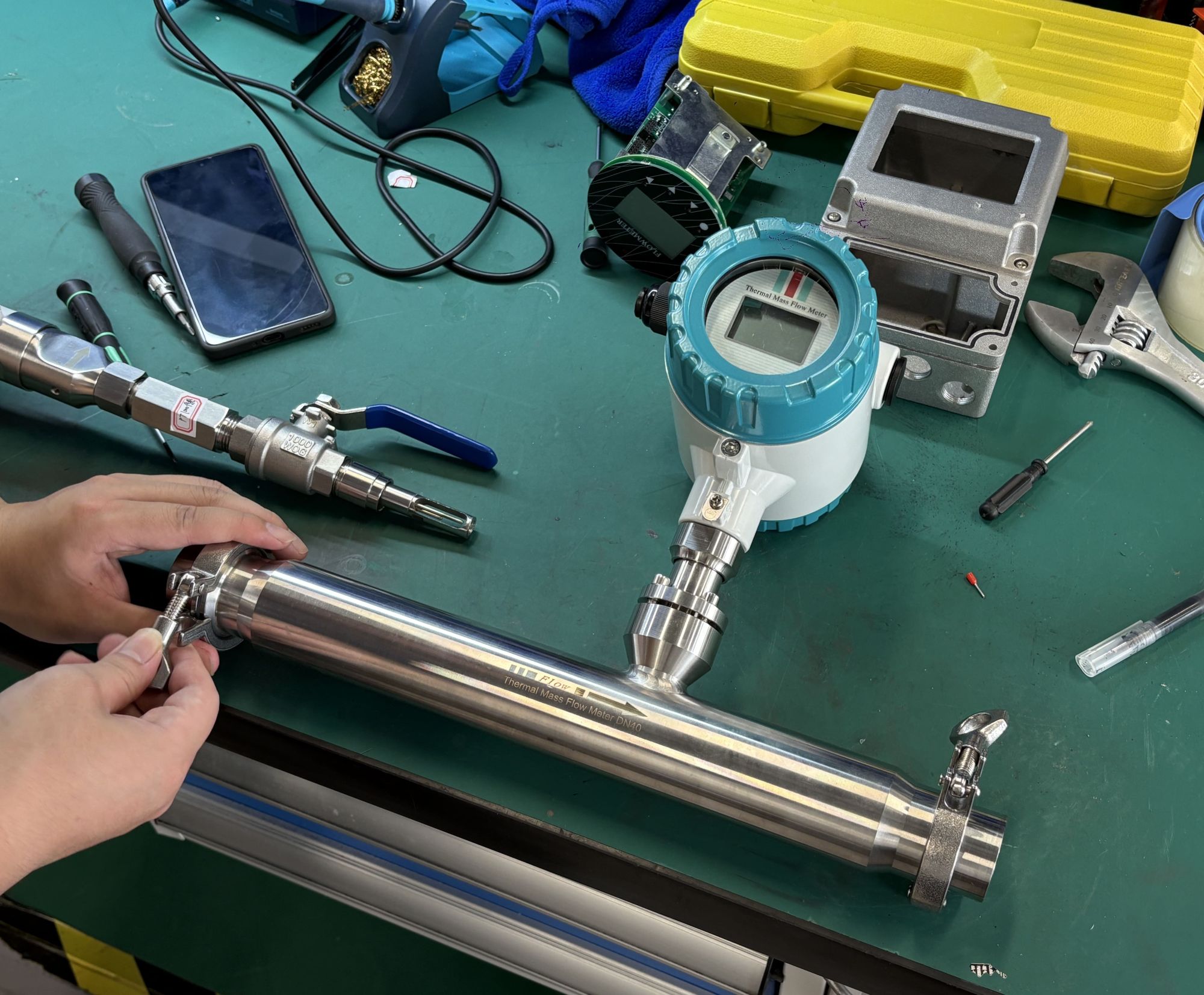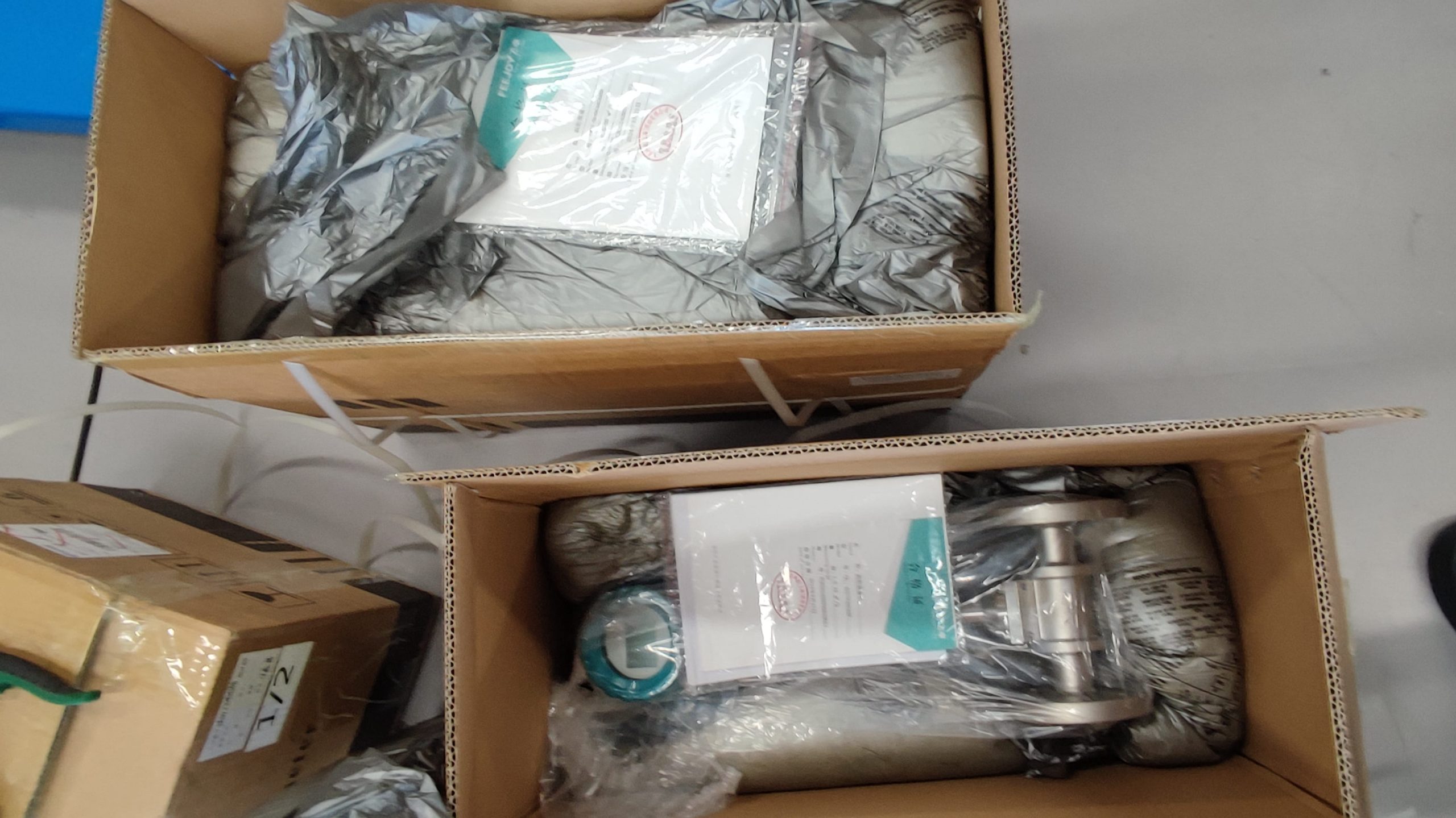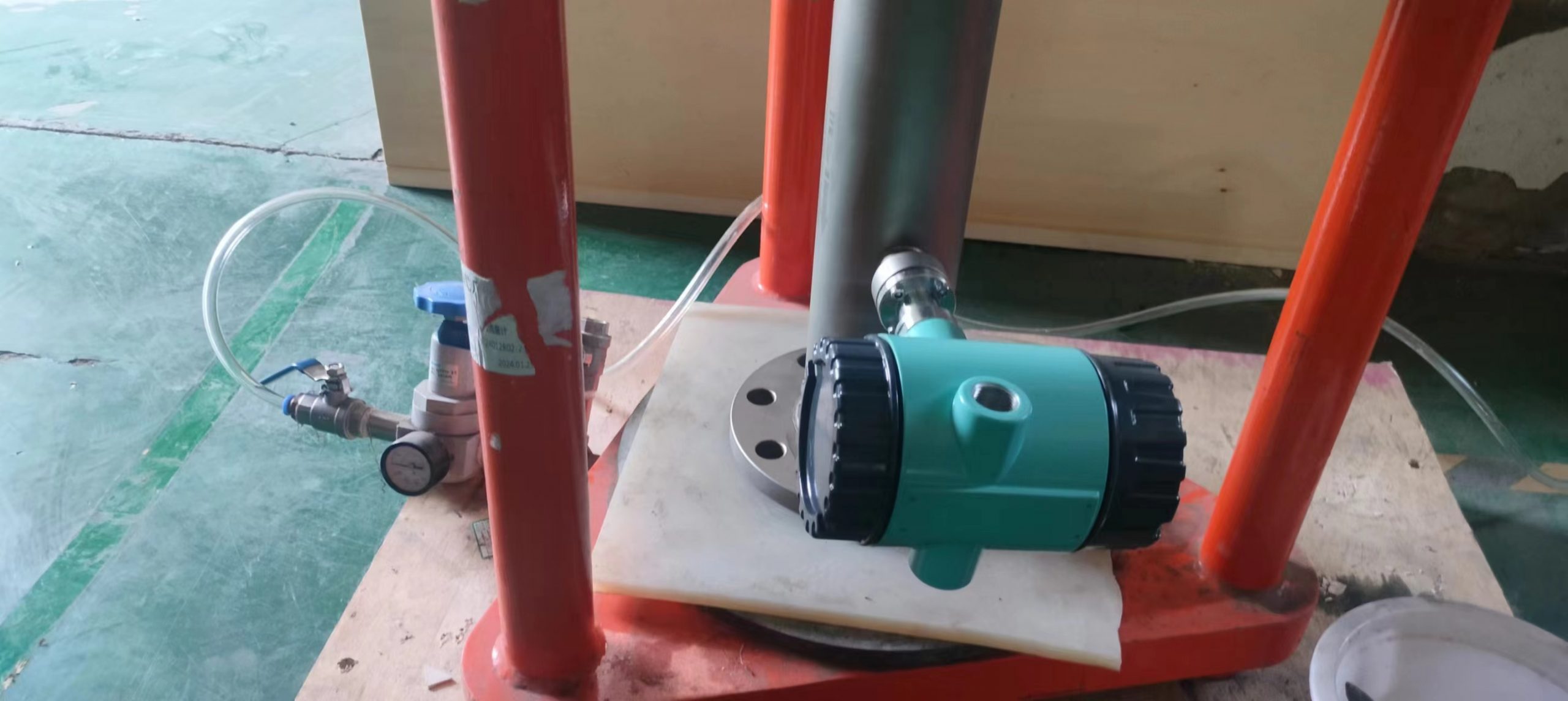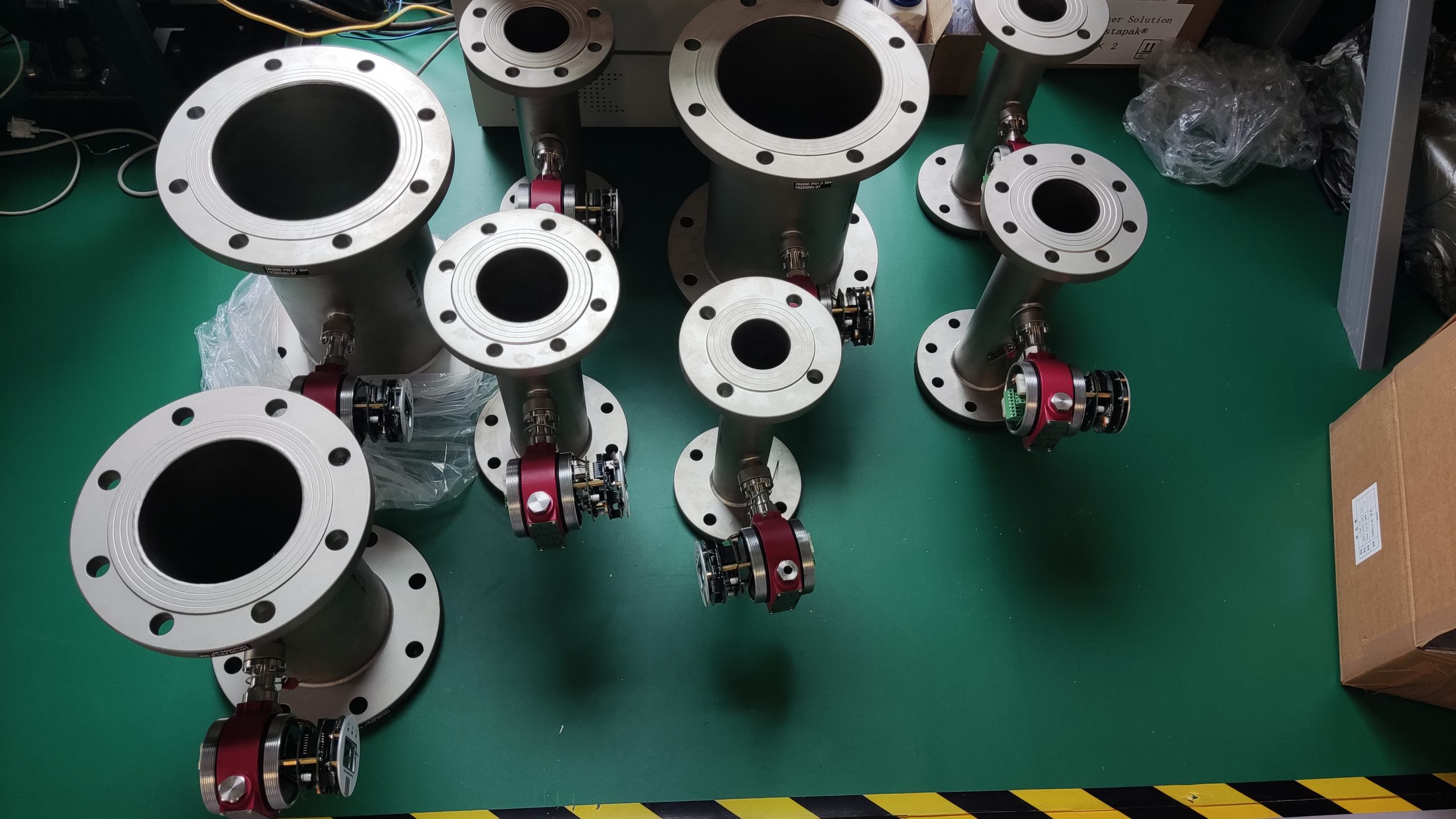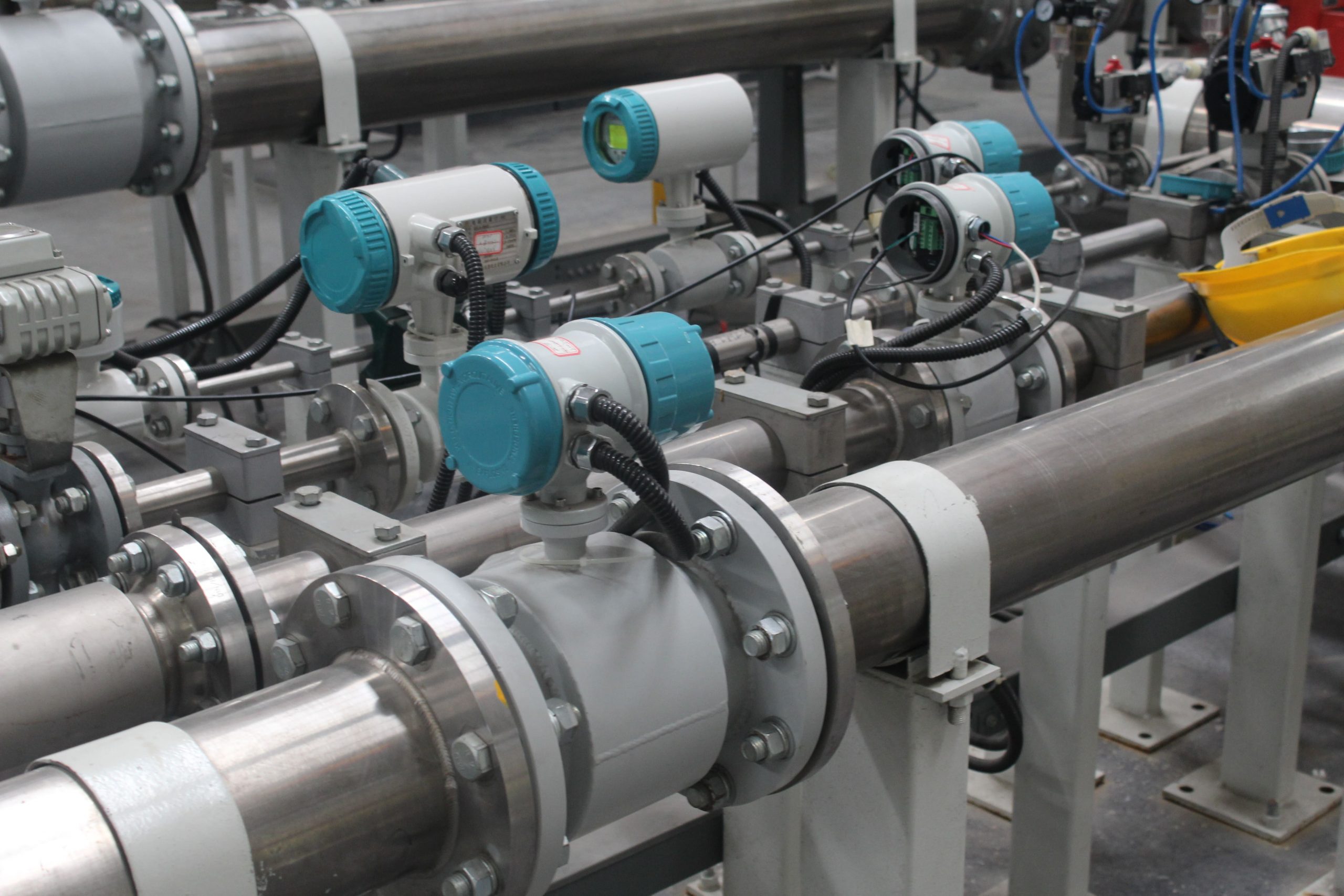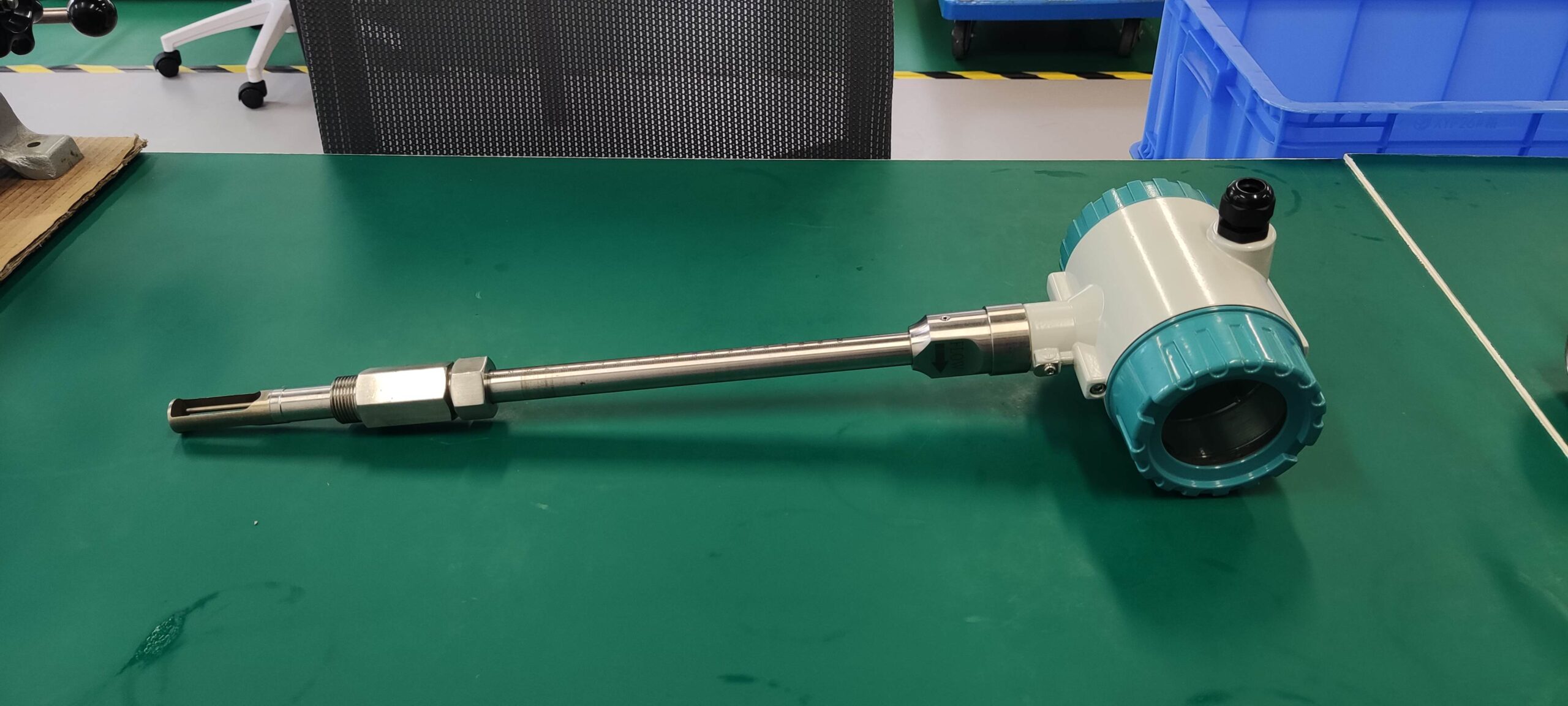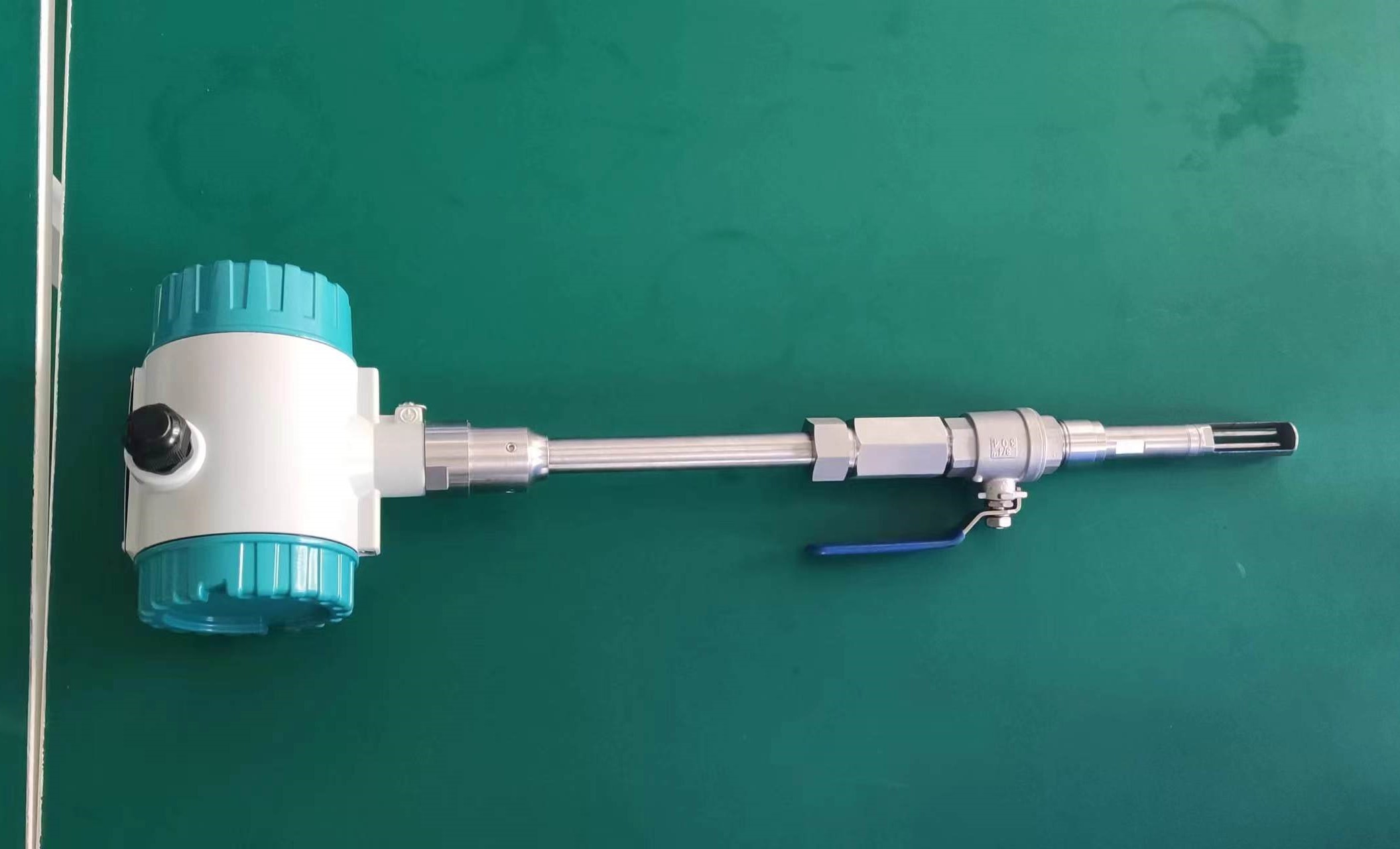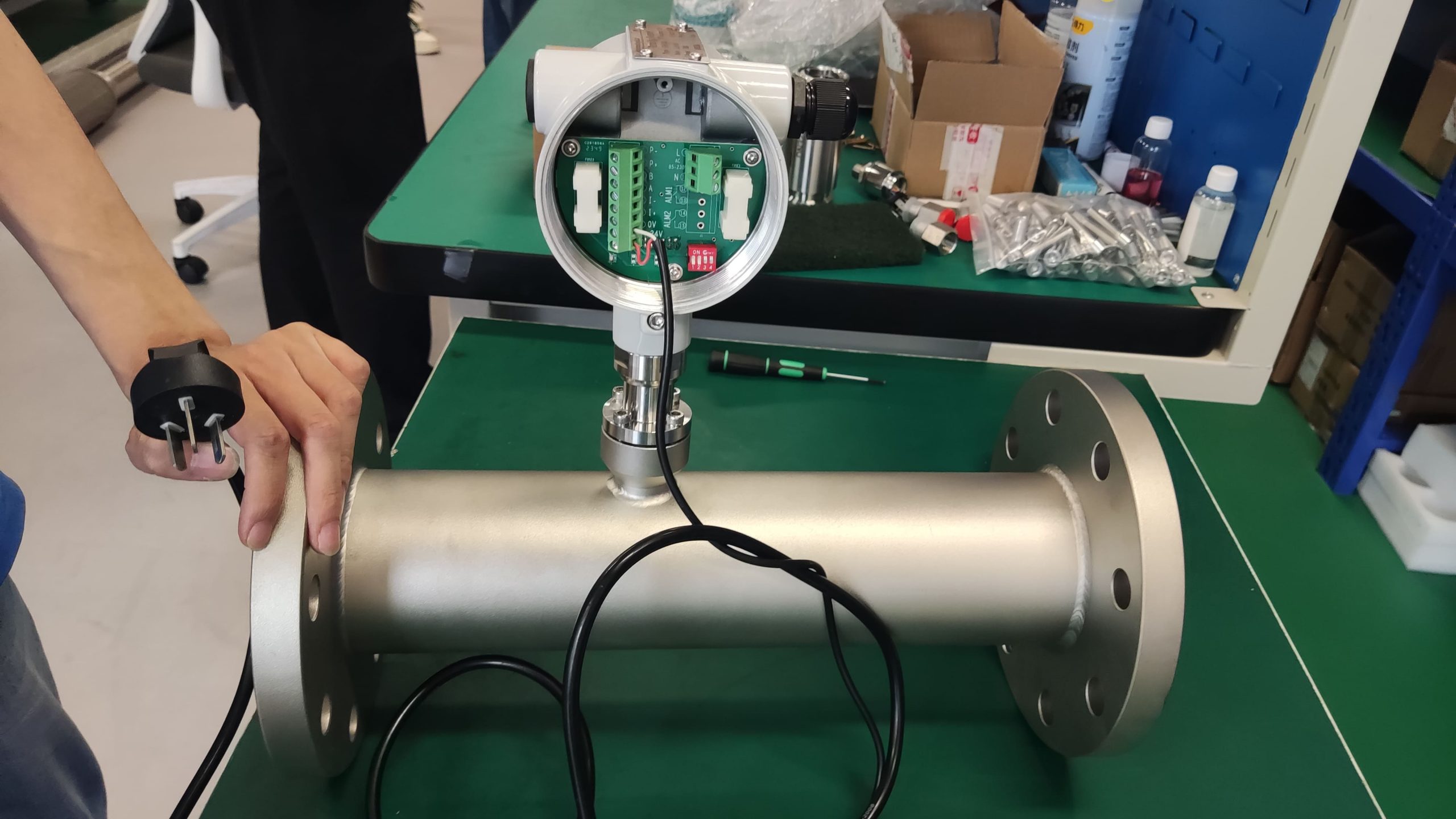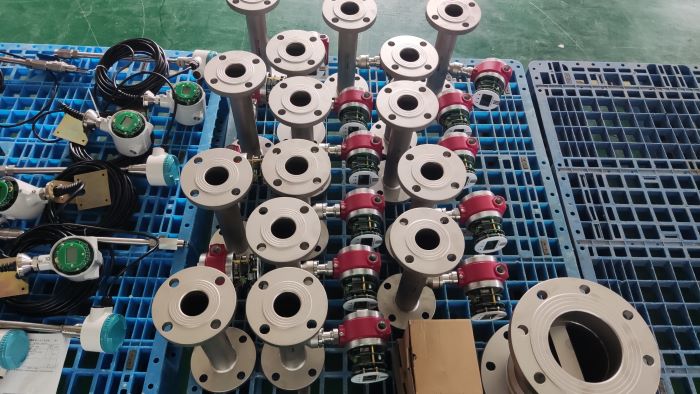The five core advantages of thermal gas mass flowmeters in measuring air
In fields such as industrial process control, HVAC systems, compressed air monitoring, and environmental emission detection, the precise measurement of air flow is of vital importance. Thermal gas mass flowmeters, with their unique working principle and excellent performance, have become the ideal choice for air flow measurement. The following is an analysis of its five core advantages:
It directly measures the mass flow rate without the need for temperature and pressure compensation
Traditional flowmeters (such as vortex flowmeters and orifice plates) measure volumetric flow rates and require additional temperature and pressure sensors for compensation calculations. In contrast, thermal gas mass flowmeters directly output mass flow rates (such as kg/h and Nm³/min), eliminating the need for complex conversions and providing more accurate and reliable data. It is especially suitable for scenarios with strict requirements for gas mass flow, such as compressed air and combustion control.
2. Wide range ratio, adaptable to high and low flow rates
The range ratio of thermal flowmeters can usually reach 100:1 or even higher. They can detect extremely low flow rates (such as 0.1 m/s) as well as high-speed airflows (such as 50 m/s), meeting the wide dynamic range requirements for energy-saving monitoring of air compressors and regulation of ventilation systems. In contrast, the accuracy of turbine or orifice plate flowmeters drops significantly at low flow rates.
3. No moving parts, maintenance-free and long service life
The thermal flowmeter adopts the principle of thermal diffusion. The sensor has no mechanical moving parts and will not wear or get stuck due to dust, humidity or vibration. It is particularly suitable for measuring compressed air containing trace amounts of oil mist and water vapor. It has high long-term stability and significantly reduces maintenance costs.
4. Low pressure loss, energy-saving and highly efficient
Compared with orifice plate and vortex flowmeters and other throttling flowmeters, thermal flowmeters have almost no pressure loss, which can reduce the energy consumption of air compressors or fans. They are especially suitable for energy-saving audits of compressed air systems and help enterprises reduce operating costs.
5. High precision and rapid response
The accuracy can reach ±1% FS, and for some high-end models, it can reach ±0.5%, meeting the requirements of trade settlement or process control.
With a response time of less than 1 second, it can monitor air flow fluctuations in real time and is suitable for dynamic applications such as leakage detection and combustion control.
Typical application scenarios
✅ Compressed air system: Monitor gas consumption, optimize energy efficiency management
✅ HVAC ventilation: Adjust fresh air/exhaust ratio to improve energy efficiency
✅ Industrial combustion control: Precise control of combustion-supporting air to improve combustion efficiency
✅ Environmental emission monitoring: Measure flue gas, exhaust gas flow to ensure compliance
Selection suggestions
Ordinary air/compressed air: Standard thermal flowmeter
High-temperature gas (≤200°C) : High-temperature type sensors are selected
Damp or oily environments: Anti-corrosion coating or online self-cleaning function

